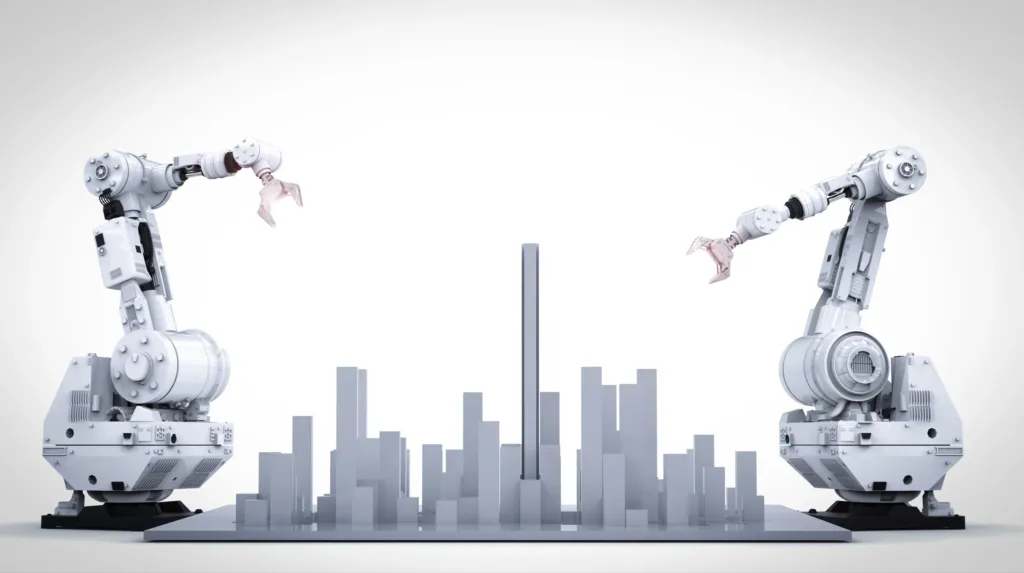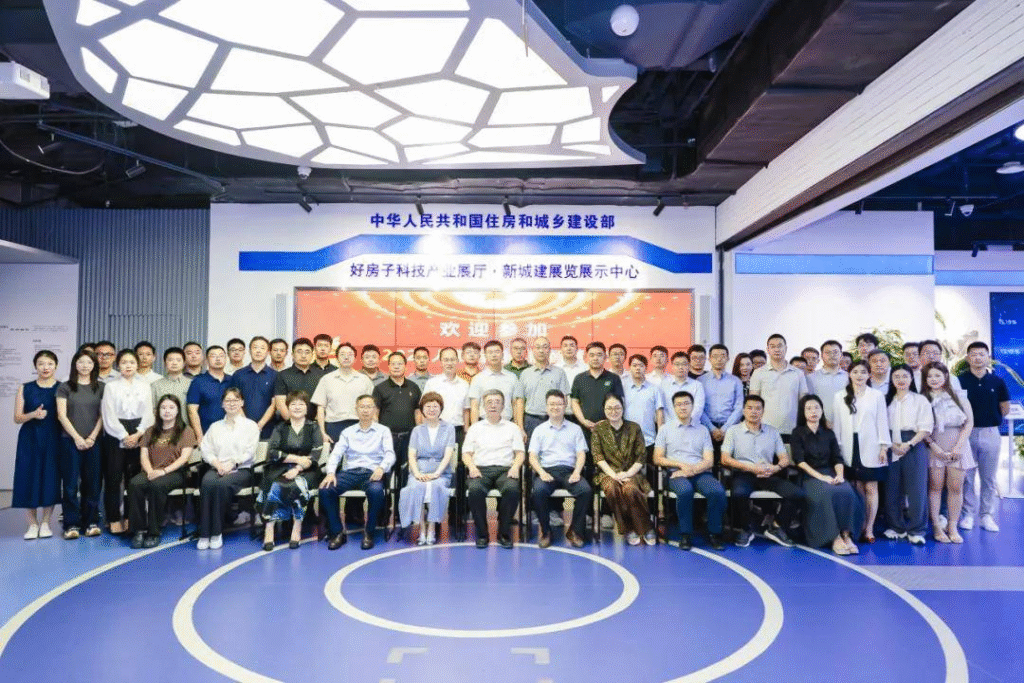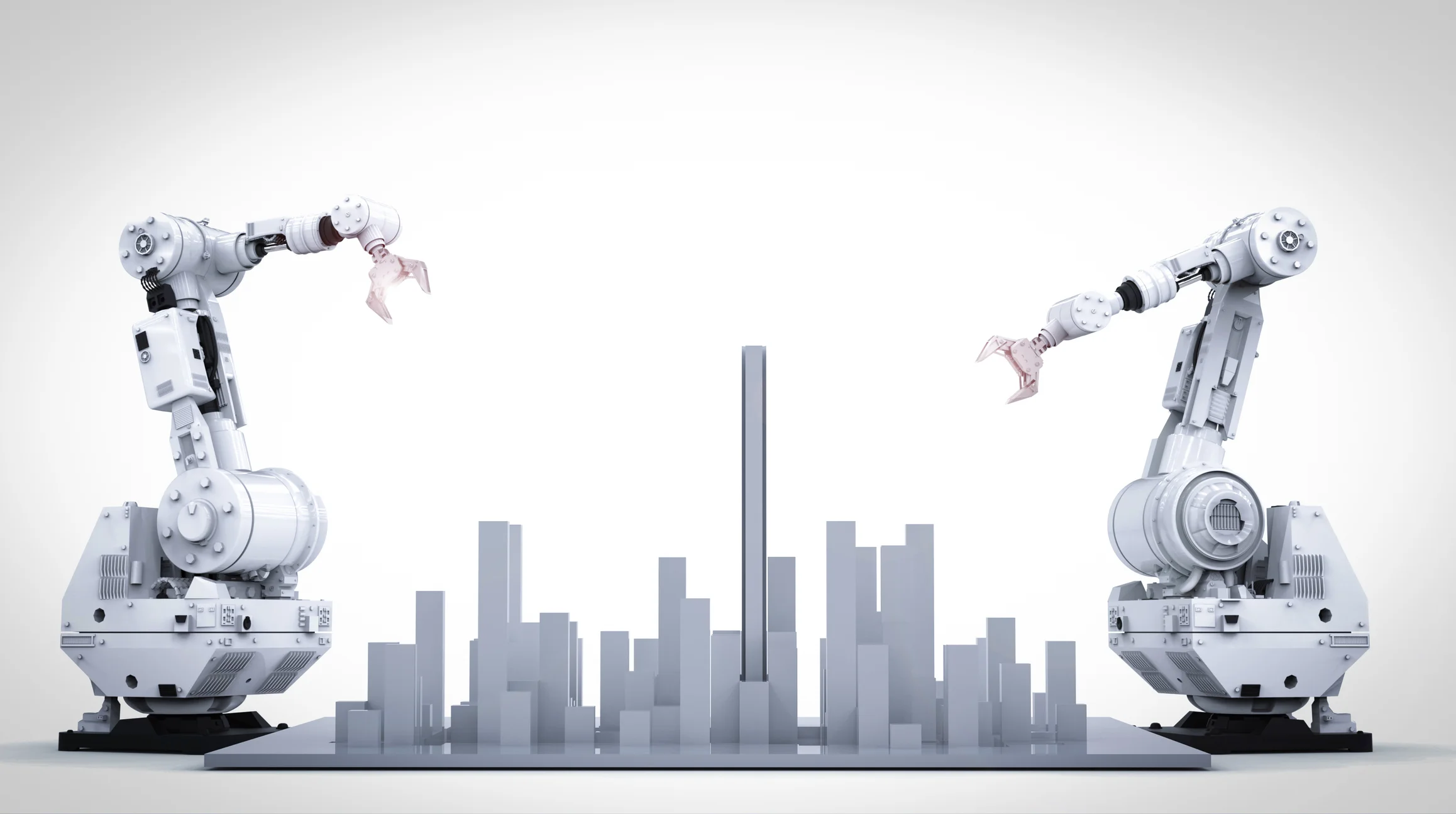When robots enter construction sites and become ‘new workers’
In the past, construction sites were dominated by heavy manual labor such as “moving bricks, tying steel bars, and carrying cement”. With the application of new technologies such as artificial intelligence and the Internet of Things, the construction industry is no longer satisfied with traditional work methods. Nowadays, the industry is witnessing a huge transformation from “moving bricks” to “pressing keyboards”, especially with the intelligent construction technology of building robots leading the “smart upgrade” of the construction industry.
Construction robots replace manual work and achieve digital collaborative design through big data and 3D lightweight technology. They can complete construction operations in situations with large engineering volumes, repetitive tasks, hazardous environments, and heavy physical exertion. For example, after pouring concrete, the four-wheel laser ground leveling robot measures the leveling degree of the concrete pouring through the laser at the top, and then uses the scraper at the bottom to level the concrete and exhaust the air.
For a long time, construction has been a labor-intensive industry, facing unprecedented challenges as the number of workers continues to decline and labor costs continue to rise. At the same time, intelligent construction in the construction industry integrates traditional genes and modern technology, and intelligent equipment and construction robots are changing the construction mode of the traditional construction industry. The shadow of artificial intelligence is present in multiple aspects, including construction drawing generation, construction site arrangement, construction project budgeting, and building benefit analysis. Empowering the construction industry with technology is accelerating the transformation and upgrading from “large-scale” to “high-quality” intelligent construction.
In the future, the interaction between construction workers and construction robots is more likely to be in a human-machine collaborative mode. This is not a question of whose job the robot wants to take away, but rather how to maintain one’s creativity and uniqueness in a human-machine collaborative environment, complement the advantages of robots, and work together to create a better life.

When robots enter construction sites and become ‘new workers’





